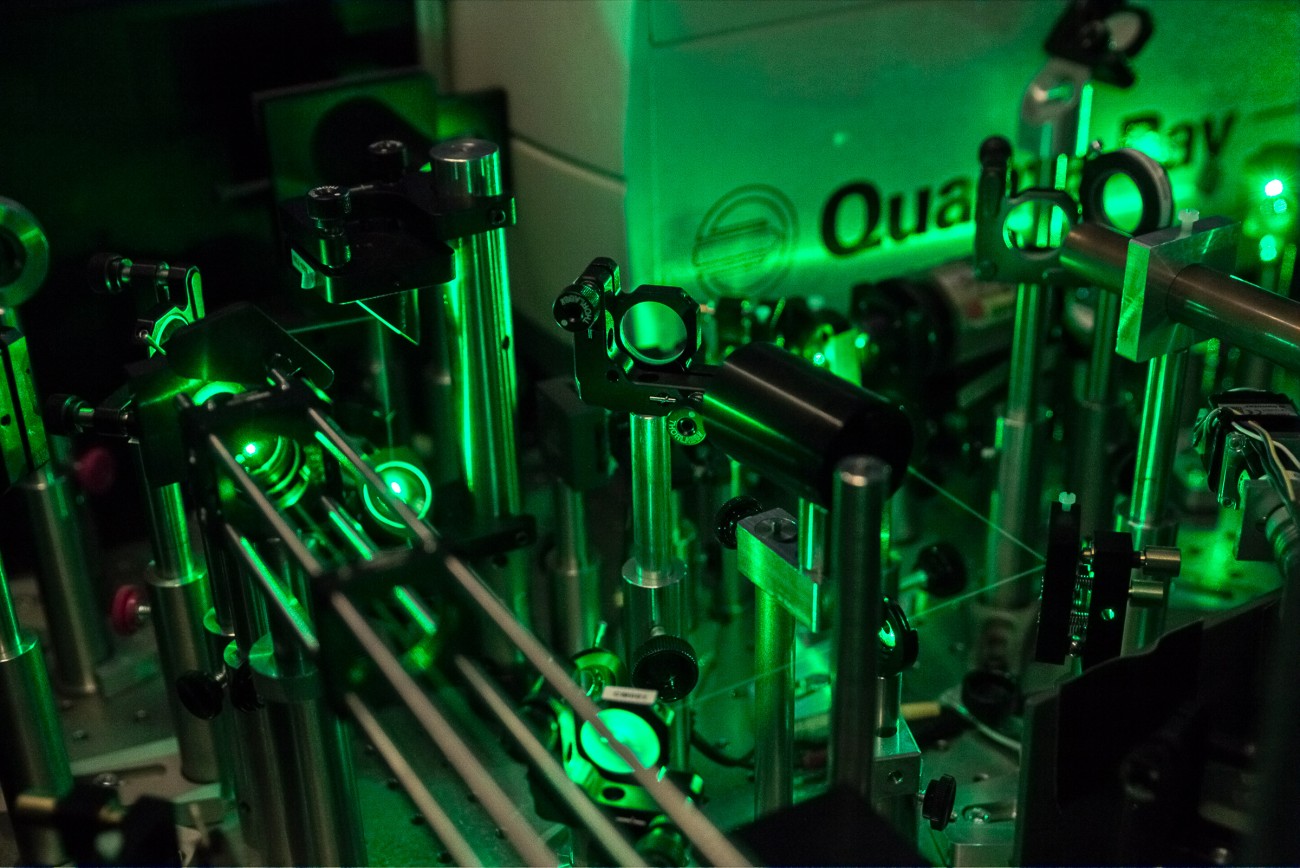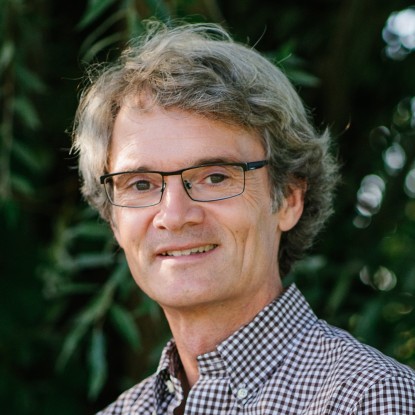Nonlinear optical frequency conversion already provides various powerful spectroscopy techniques for laser-based analytics, i.e., efficient and sensitive detection and imaging of atomic or molecular species. The performance of such techniques is also maintained under realistic conditions of environmental or industry applications. Due to phase matching, nonlinear optical frequency conversion generates directed signals at precisely defined wavelength, which can be spatially and spectrally very well separated from optical background noise. This yields large signal-to-noise ratio and, hence, large selectivity and low detection limits for a species under investigations by nonlinear spectroscopy. In our projects we develop new variants of nonlinear microscopy and spectroscopy, e.g., far-off-resonant third-harmonic generation (THG) of ultra-short, broadband pulses to image otherwise fully transparent heterogeneous samples, near-resonant THG to exploit variations in the nonlinear index of refraction for improved phase matching and image contrast, or resonantly-enhanced THG of narrowband, mid-infrared, nanosecond (ns) laser pulses via molecular vibrational “finger-print” resonances for sensitive molecule detection. These experiments also require development of novel laser sources to provide intense, tunable, narrow-band mid-infrared radiation pulses and novel detection schemes for signals at long wavelengths.
Selected References
Frequency up-conversion of midinfrared signals from resonantly enhanced nonlinear spectroscopy
B. Burger, O. Ernst, and T. Halfmann
Phys. Rev. A 111, 033510 (2025)
DOI: 10.1103/PhysRevA.111.033510
Detection of HCl molecules by resonantly enhanced sum frequency mixing of mid- and near-infrared laser pulses
B. Moneke, J.F. Kinder, O. Ernst, and T. Halfmann
Phys. Rev. A 107, 012803 (2023)
DOI: 10.1103/PhysRevA.107.012803
Optical parametric oscillator and amplifier providing tunable, narrowband nanosecond laser pulses in the mid-infrared with mJ pulse energy
J.F. Kinder, B. Moneke, O. Ernst, and T. Halfmann
Appl. Phys. B 128, 188 (2022)
DOI: 10.1007/s00340-022-07909-5
Detection of HCl molecules by resonantly enhanced third-harmonic generation, driven by midinfrared laser pulses
J. F. Kinder, F. Cipura, and T. Halfmann
Phys. Rev. A 103 (5), 052808 (2021)
DOI: 10.1103/PhysRevA.103.052808
Third harmonic generation and microscopy, enhanced by a bias harmonic field
C. Stock, K. Zlatanov, andT. Halfmann
Opt. Commun. 457, 124660 (2020)
DOI: 10.1016/j.optcom.2019.124660


